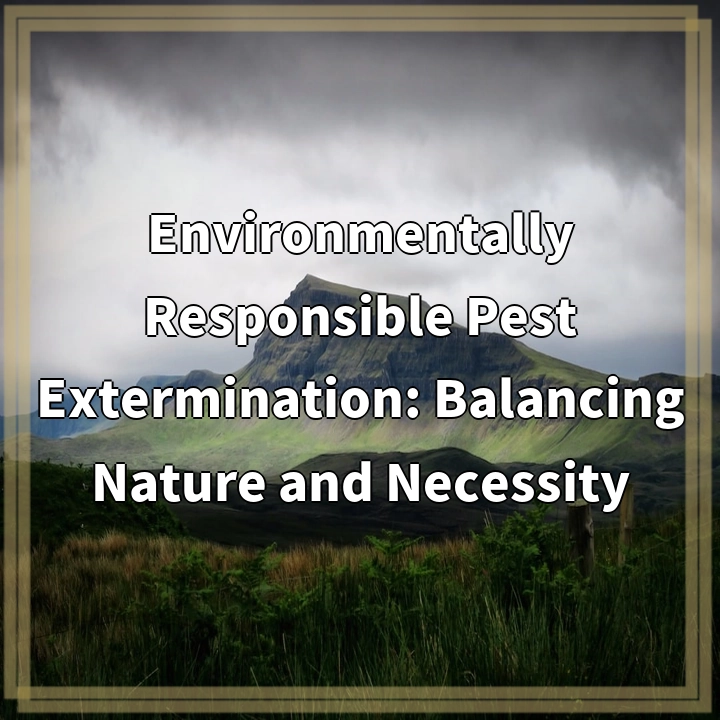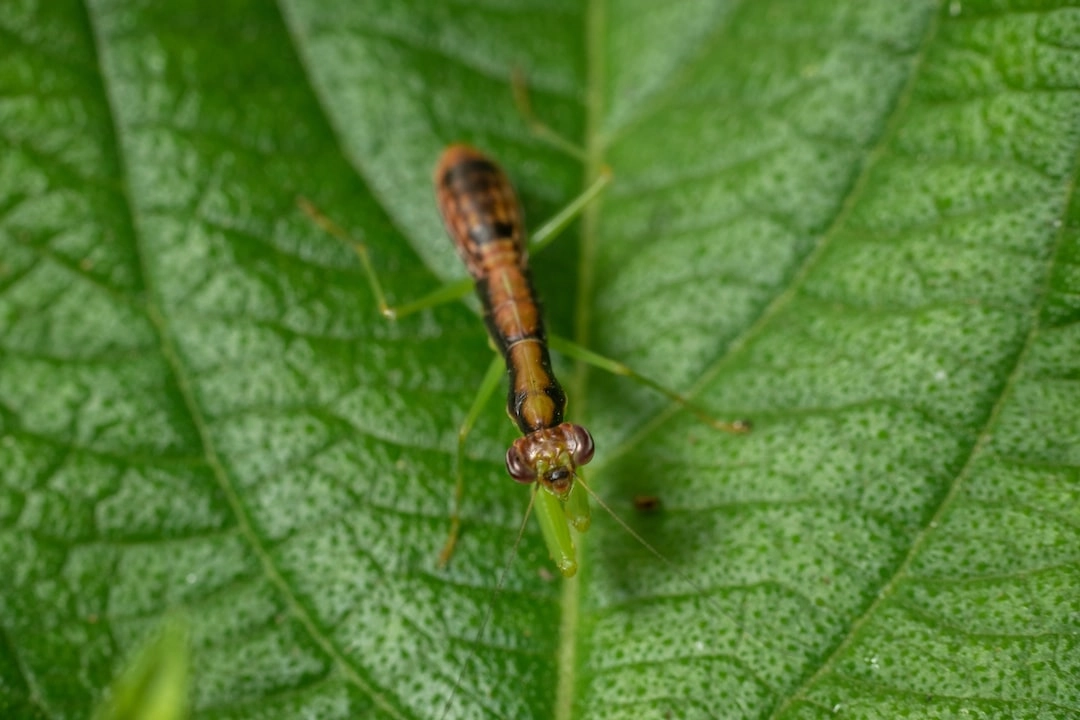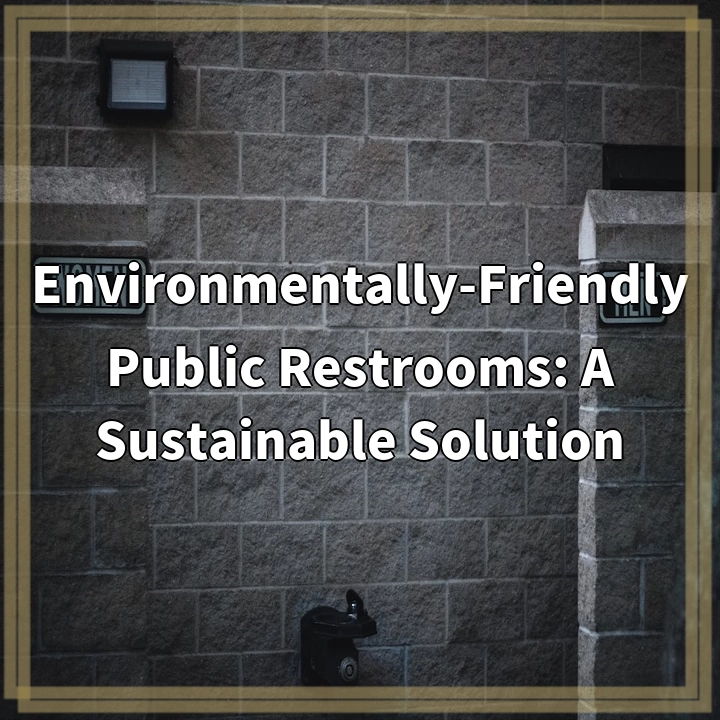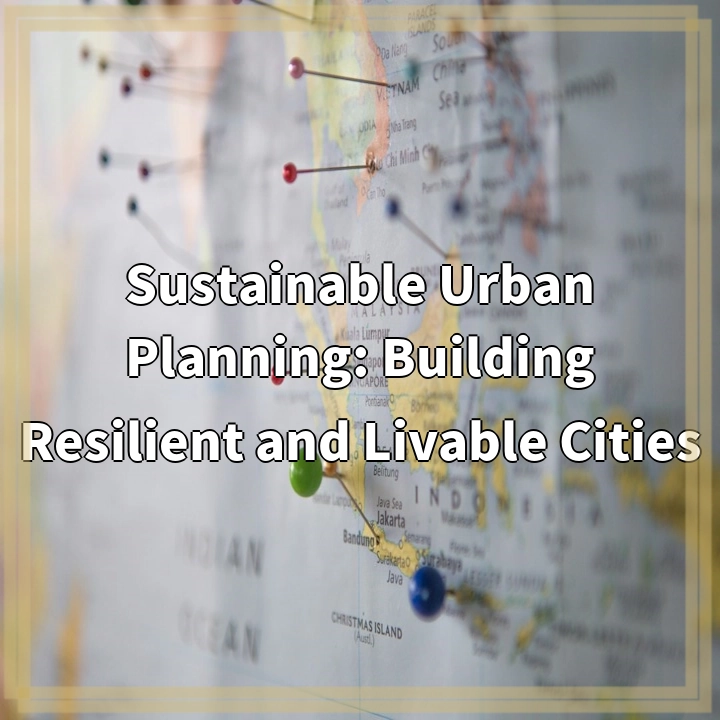
What is Environmentally Responsible Pest Extermination?
Environmentally Responsible Pest Extermination is an approach to pest control that prioritizes the protection of the environment and human health while effectively managing pest populations. It involves the use of non-toxic or minimally toxic methods to control pests, reducing the reliance on chemical pesticides that can have detrimental impacts on ecosystems.
Real-world problems associated with Environmentally Responsible Pest Extermination
1. Balancing effectiveness and ecological impact
One of the challenges in environmentally responsible pest extermination is striking a balance between achieving pest control goals and minimizing ecological impact. While non-toxic methods such as biological controls, mechanical traps, and habitat modification are safer for the environment, they may not always be as effective in eradicating pests compared to chemical pesticides. Finding the right combination of methods that are both effective in pest control and gentle on the environment can be a complex task.
2. Limited awareness and availability
Many individuals and pest control companies are still not fully aware of or trained in environmentally responsible pest extermination methods. This can lead to a lack of availability and accessibility of non-toxic pest management options. Additionally, some non-toxic alternatives may be more expensive or require specialized knowledge and equipment, making them less accessible to certain communities or regions.
3. Integration with existing pest management practices
Integrating environmentally responsible pest extermination into existing pest management practices can be a challenge. This is particularly true in large-scale agriculture, where chemical pesticides have been the primary method for pest control for many years. Transitioning to more environmentally friendly methods may require changes in farming practices, increased monitoring, and education on alternative approaches. Implementing these changes can be time-consuming and may require financial investments, making it difficult for some farmers to adopt.
4. Public perception and the expectation of pest-free environments
There is often a societal expectation of living and working in pest-free environments. This expectation can make it challenging to promote environmentally responsible pest extermination methods, as they may not provide the same level of “instant” or complete eradication of pests. Educating the public about the benefits of non-toxic pest control and managing expectations is necessary for wider acceptance and adoption of these methods.

Potential Solutions for Environmentally Responsible Pest Extermination
1. Research and innovation in non-toxic pest control
Continued research and development of non-toxic pest control methods can lead to more effective and affordable alternatives to chemical pesticides. By investing in the development of biological controls, plant-based repellents, pheromone traps, and other innovative solutions, we can expand the range of environmentally responsible options available to pest control professionals and individuals.
2. Education and training
Increasing awareness and providing training about environmentally responsible pest extermination is crucial. This can be done through workshops, seminars, and educational campaigns targeting pest control professionals, farmers, and the general public. By educating individuals about the risks associated with chemical pesticides and introducing them to alternative methods, we can encourage greater adoption of environmentally friendly pest management practices.
3. Collaboration between stakeholders
Collaboration between pest control professionals, researchers, policymakers, and environmental organizations is key to finding effective solutions. By working together, these stakeholders can share knowledge, resources, and best practices, as well as advocate for the implementation of environmentally responsible pest control regulations and policies.
4. Economic incentives and support
Providing economic incentives and support to farmers, pest control companies, and individuals who adopt environmentally responsible pest control methods can help overcome financial barriers. This can include subsidies for the purchase of non-toxic pest control products, tax breaks for implementing eco-friendly practices, and grants for research and development in the field.
5. Public awareness and redefining expectations
Promoting public awareness about the importance of environmentally responsible pest control and managing expectations is essential. By educating the public about the ecological benefits and long-term efficacy of non-toxic methods, we can shift the perception that complete eradication of pests is the only measure of success. Additionally, emphasizing the value of coexistence with nature can help redefine our expectations towards living in balanced ecosystems rather than completely pest-free environments.















